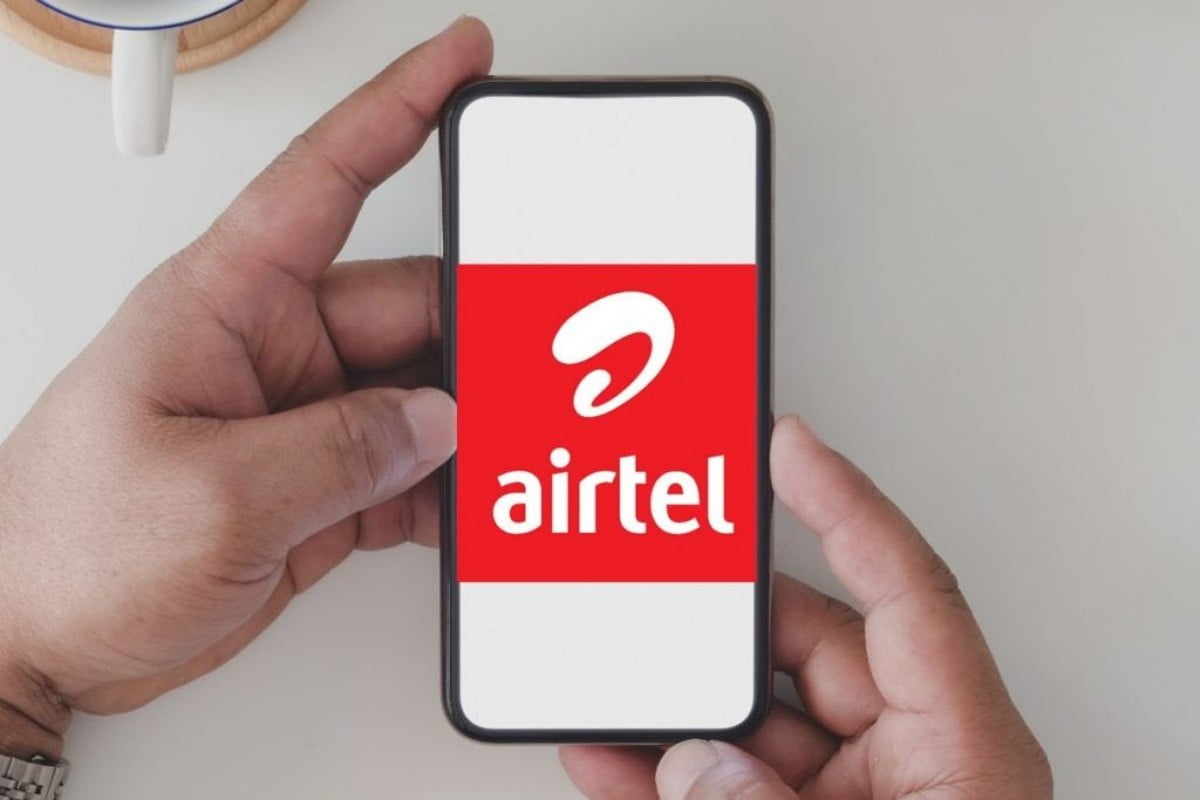
Gopal Vittal, the CEO of one of the leading telecom operators in India, Bharti Airtel, has warned customers about the increasing cases of cyber fraud. He has cited a recent instance wherein a fraudster posed as an executive from the company and tricked a user under the guise of updating KYC (Know Your Customer). Eventually, the user's bank details were revealed and a large amount was transferred from the victim's bank account.
In an email outreach to all their subscribers, Gopal Vittal urged users to stay vigilant against cyber fraud cases that are increasingly alarming of late.
Airtel CEO Warns Users
He informed that common and frequent instances of fraud including fake UPI websites and handles and fake OTPs. In the email, he noted that there are numerous fake UPI apps as well as e-commerce websites that might initially seem authentic but use the same NPCI and BHIM words and logos. If you happen to download these apps or visit these fake websites, then you will be asked to share your bank details and MPIN that might give the fraudster complete access to your bank account.
Detailing the fake OTPs case, he added that a fraudster calls customers portraying to be an executive from a financial institution or bank. The fraudster will ask the customer for his or her details or an OTP to renew or unlock an existing bank account. These details are used to withdraw money from the bank account of the customer.
Furthermore, Vittal also listed a slew of precautions to be taken against these frauds. He also advised users not to share any personal or financial information such as customer ID, OTP, MPIN or other sensitive details over the phone, SMS or email.
In terms of safety, users should not follow instructions sent via email or SMS from unreliable sources. Such SMSes should be deleted instantly. Also, users should refrain from clicking on suspicious and spam links that claim to provide unbelievable offers or rewards.
He went on to state that Airtel Safe Pay is the safest method to make online payments in the country. It adds an additional layer of security for each transaction.















